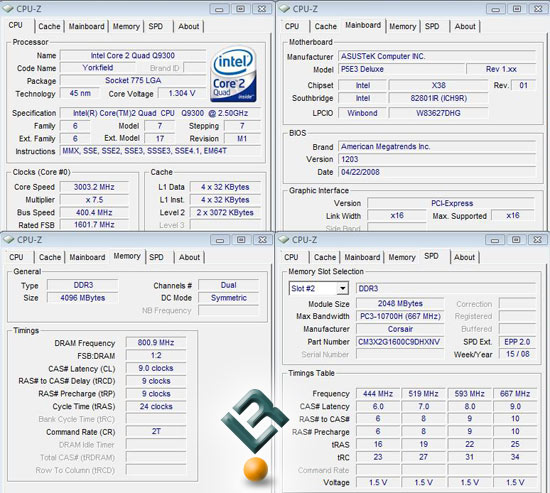
Somehow, it still makes the modules run at DDR3-1333. I accidentally overwrote the "lower" XMP profile, but that doesn't matter to me since the computer doesn't read XMP profiles anyway.īut now that I've got my timings flashed with the XMP profile data, I figured it would run at DDR3-1600 and show as 800 MHz in CPU-Z and 1600 MHz in OSX's System Profiler. CPU-Z identifies my memory as PC3-12800H (800 MHz), which seems to be correct. I did succeed in grabbing the XMP timings and overwrote the standard timings. I found SPDTool ( ) and Thaiphoon Burner ( ), where the former does not work on a MacBook Pro but the latter does. There are a few tools available for the job. This lead me to the question of whether one could flash the SPD table and make modifications to it. Memory type, size, timings, and module specifications (SPD). This is something the Apple BIOS/EFI doesn't support.īut people are running MacBook Pros at DDR3-1600! Even with a slightly different version ( ) of this memory module. Cpu Z For Macbook CPUCPU is a Cost Per Unit calculator to assist in deciding what product and packet. This software is designed to gather information on some of the main devices of your system, including: Processor name and number, codename, process, package, cache levels. It turns out that this particular memory module relies on something called the SPD XMP Extension. CPUZ on PC: CPUZ is a Free App, developed by the CPUID for Android devices, but it can be used on PC or Laptops as well.

Sadly, when I was booted into either OSX Lion or Windows 7 Ultimate (both 64-bit) the memory was still only running at DDR3-1333. I briefly checked that the Intel specifications stated that my CPU should support memory speeds at DDR3-1600, so I ordered a Kingston KHX1600C9S3K2_8GX ( )

I opted for the CPU upgrade (2.3 GHz), but decided to put in the extra memory myself.

I have an early 2011 17" MacBook Pro (MacBookPro8,3).


 0 kommentar(er)
0 kommentar(er)
